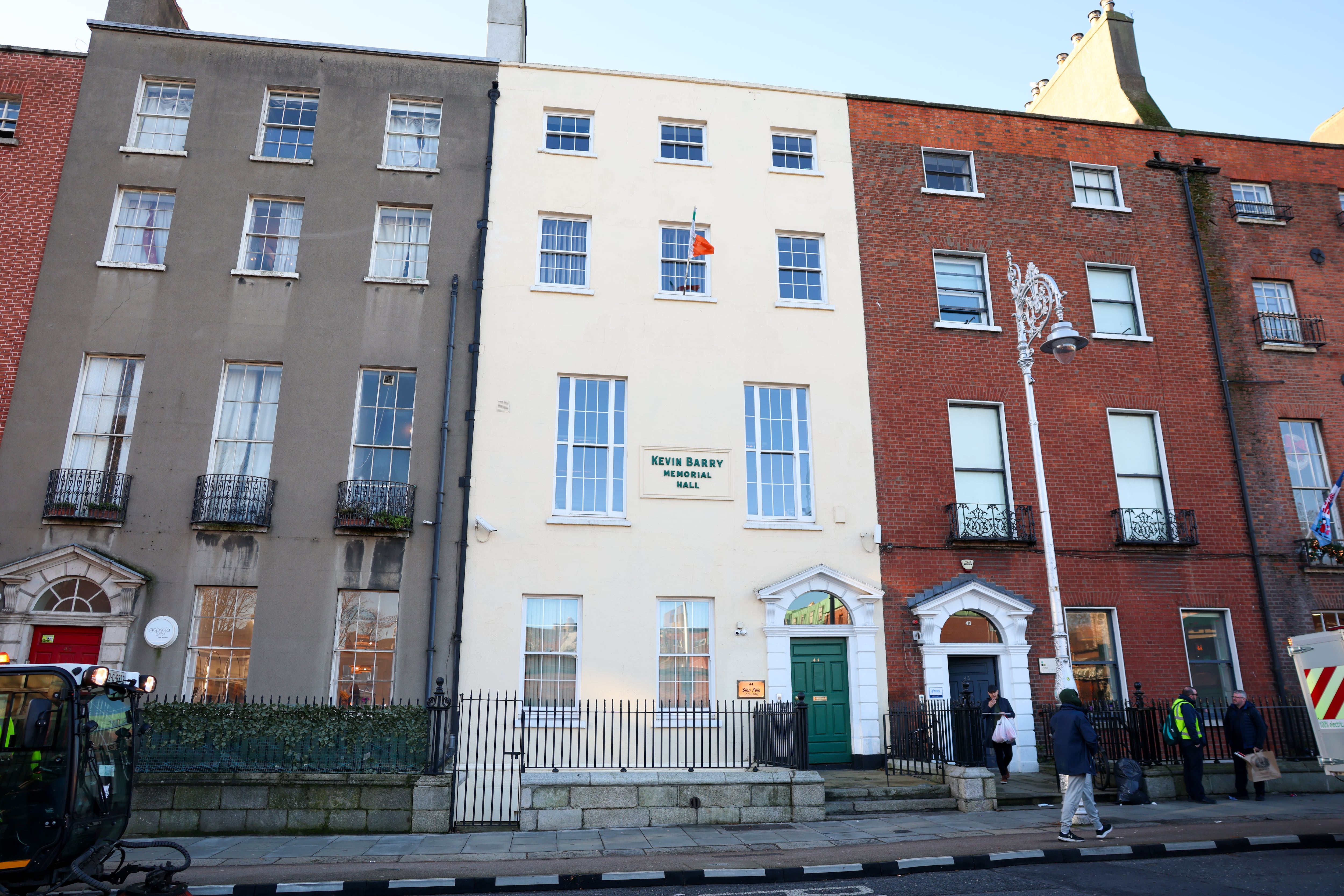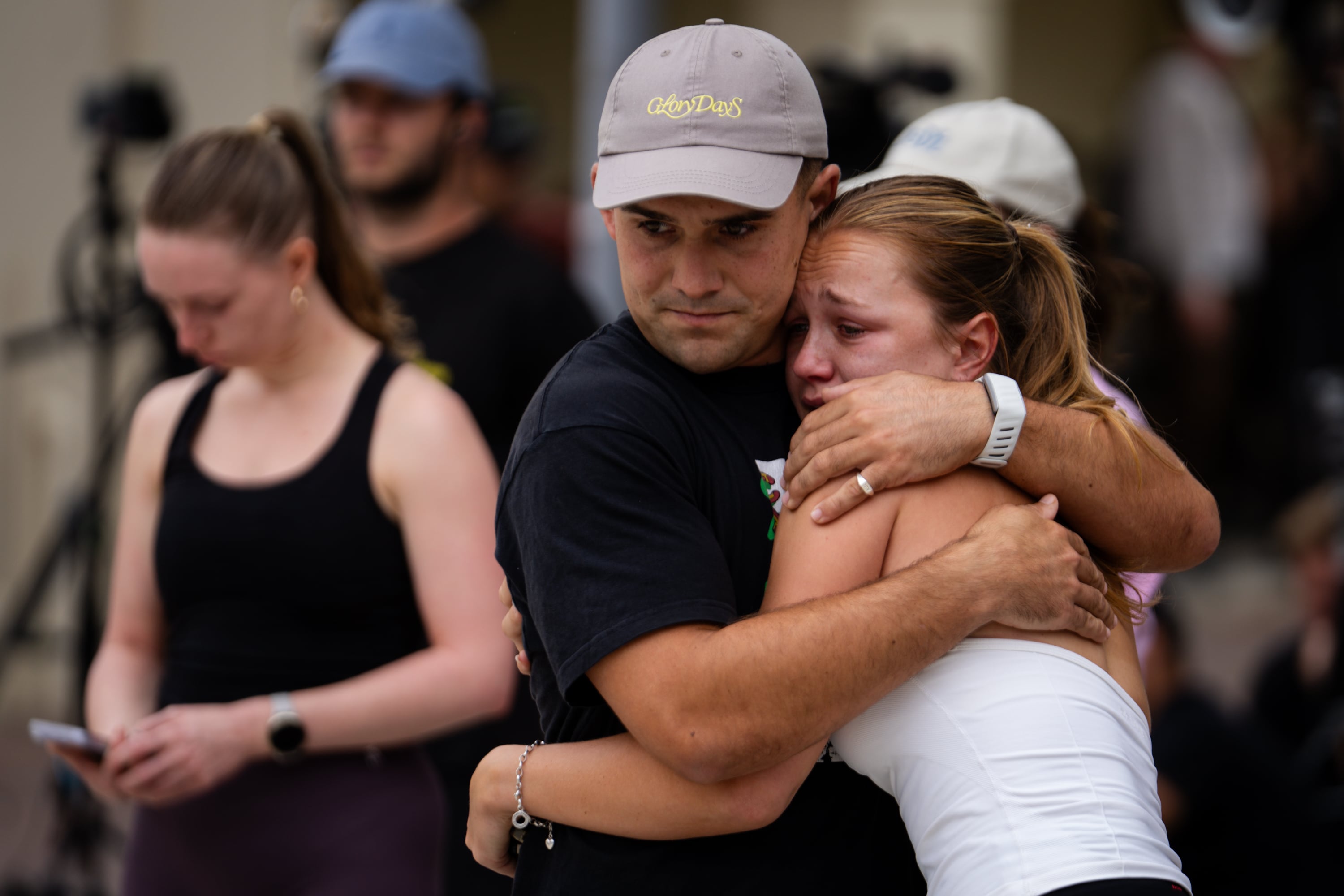Met Éireann is using a new supercomputer to process its weather forecasts, increasing their accuracy and timeliness.
The organisation has teamed up with the national meteorological services in Denmark, Iceland, and the Netherlands to run a common weather forecasting model on the supercomputer, which is based in Iceland.
“This new model version allows us to get a better handle on the uncertainty of our predictions,” said Met Éireann’s head of forecasting Eoin Sherlock.
The higher computational power means that the resolution of the images being analysed is increased, “like going from a standard telly to a high definition telly,” said Mr Sherlock. It also means updates are being made available every hour rather than every three hours, as had been the case.
READ MORE
Ireland has long been working with the meteorological services in Iceland, Denmark and the Netherlands because “we share a lot of the same weather”, Mr Sherlock said. “The weather we get today, the Dutch get tomorrow.”
The supercomputer is based in Iceland, where it can be completely powered by renewable energy. It can handle more than 10 million observations every 24 hours, make 4,000 trillion calculations per second, and produce detailed weather predictions every hour.
With climate change producing more heatwaves, floods and heavy rainfall around the world, the four institutes, by working together, “can now respond better to weather events, helping protect lives, property, and make smarter decisions as our climate continues to change,” said Met Éireann director Eoin Moran.
[ Met Éireann says 2024 was coldest summer in nine yearsOpens in new window ]
The new, weather-forecasting supercomputer is called the Aurora. A second, also based in Iceland, is being used for research and climate modelling, and is called Borealis.
The four institutes work a grid system over an area that runs from East Greenland to southern Italy and the new regime will involve grids of 2km square rather than the previous 2.5km square, which has the effect of increasing the level of detail being captured.
- Sign up for push alerts and have the best news, analysis and comment delivered directly to your phone
- Join The Irish Times on WhatsApp and stay up to date
- Listen to our Inside Politics podcast for the best political chat and analysis












